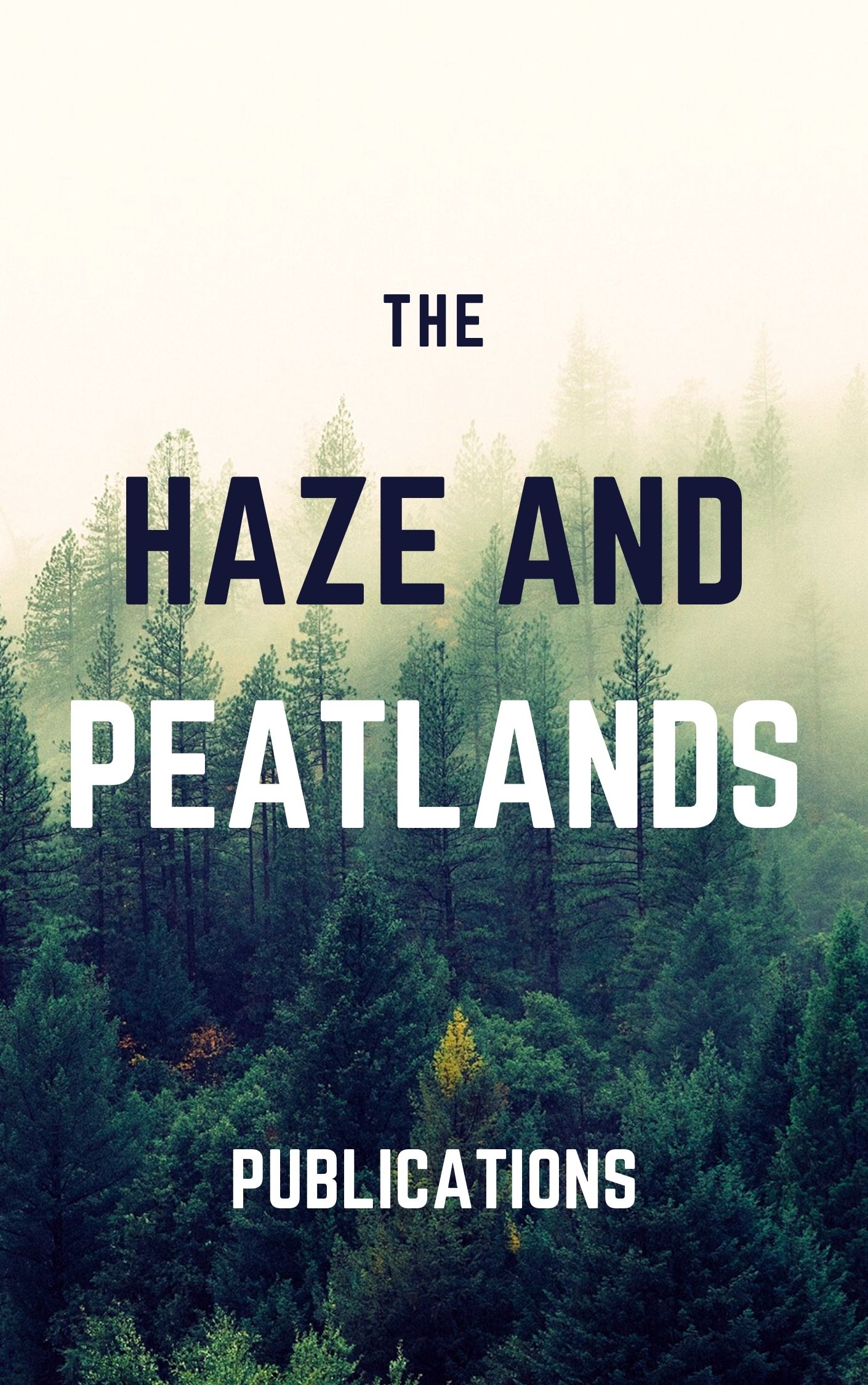Tropical peat comprises decomposed dead plant material and acts like a sponge to absorb water, making it fully saturated. However, drought periods dry it readily and increases its vulnerability to fire. Peat fires emit greenhouse gases and particles contributing to haze, and prevention by constructing fire-break canals to reduce fire spread into forest reserves is crucial. This paper aims to determine peat physical and chemical properties near a fire-break canal at different fire frequency areas. Peat sampling was conducted at two forest reserves in Malaysia which represent low fire frequency and high fire frequency areas. The results show that peat properties were not affected by the construction of a fire-break canal, however lignin and cellulose content increased significantly from the distance of the canal in both areas. The study concluded that fire frequency did not significantly influence peat properties except for porosity. The higher fibre content in the high frequency area did not influence moisture content nor the ability to regain moisture. Thus, fire frequency might contribute differently to changes in physical and chemical properties, hence management efforts to construct fire- break canals and restoration efforts should protect peatlands from further degradation. These findings will benefit future management and planning for forest reserves.
View source

